Last updated on September 16th, 2024 at 06:48 pm
I’ve been making this homemade playdough recipe for my toddler for quite some time now, and it’s become a favorite activity in our house. Not only is it a fun recipe that we can whip up in no time, but it’s also a great way to bond with my little one.
The diy playdough recipe lasts for weeks when stored in an airtight container, so we get plenty of use out of it before it’s time to make another batch. Seeing my toddler’s excitement when choosing different colors of playdough is the best part, and it’s also an excellent opportunity for sensory play and helping develop fine motor skills.
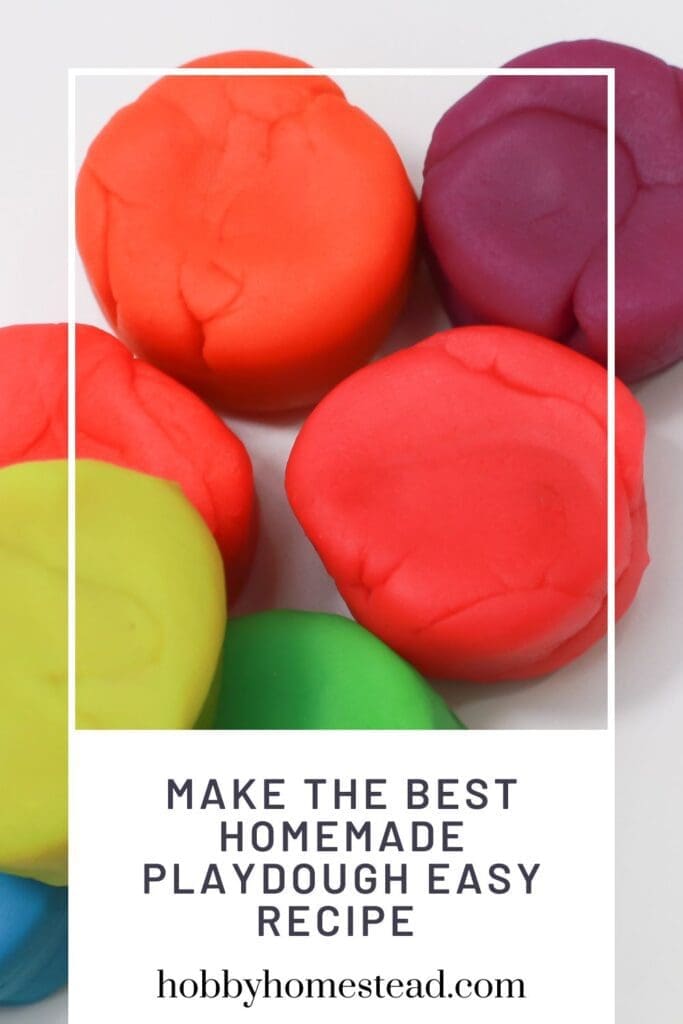
Easy Recipe for Homemade Playdough
What I love most about this easy homemade playdough recipe is that it’s made with simple ingredients that we always have on hand, like flour, salt, and oil.
There’s no need for special ingredients, and it’s far better than the store-bought playdough that dries out quickly. This DIY project has become our go-to activity on a rainy day or when we need a quick, creative distraction.
Plus, it’s so soft and easy to mold that my toddler’s little hands love it, and the whole process is so simple that even older kids can help make it.
Why is this the best playdough for toddlers?
After trying many different versions, this recipe rose to the top. This homemade playdough recipe is the best for toddlers for several reasons.
Non-toxic and safe. The ingredients in this playdough are flour, salt, cream of tartar, and vegetable oil. All are common household items, making it completely safe for young children. You can also control what goes into it, ensuring there are no harmful chemicals or preservatives like in some store-bought options.
Soft and pliable texture. This recipe creates soft playdough that is easy for toddlers’ little hands to knead and shape. The texture is gentle, and it’s easy for young children to manipulate, helping them develop fine motor skills.
Long-lasting. When stored properly in an airtight container, this playdough can last for weeks. You won’t need to make a new batch after each play session, which is convenient and economical.
Customizable. This playdough is super easy to customize with different colors using food dye or gel food coloring. You can even add essential oils for a calming scent or experiment with variations like Kool-Aid playdough for fun colors and fruity smells.
Encourages creativity and sensory play. Toddlers love using this playdough with cookie cutters, stamps, and other tools, making it a versatile and fun way to engage their senses and spark creativity. It’s also great for sensory play, allowing kids to explore different textures while building their imaginations.
This easy homemade playdough recipe is not only a fun activity but also a great way to involve your child in a creative and safe DIY project.
Make the Best Homemade Playdough Easy Recipe
As an Amazon Associate I earn from qualifying purchases.
Materials
- 1 Cup All-Purpose Flour
- 1 Cup Water boiling
- 1/3 Cup Salt
- 2 Teaspoons Cream of Tartar
- 1 Tablespoon Vegetable Oil or coconut oil for a softer feel
- Food Coloring gel food coloring or food dye of your choice
- Optional: A few drops of essential oils for scent
Instructions
Cooking on the Stove Top
- In a 2-quart saucepan, add the flour, salt, cream of tartar, and vegetable oil.1 Cup All-Purpose Flour, 1 Cup Water, 1/3 Cup Salt, 2 Teaspoons Cream of Tartar, 1 Tablespoon Vegetable Oil
- Cook over low to medium heat stirring constantly.
- Cook until the mixture thickens and begins to gather around the spoon. I use a wooden spoon to make this.
- Remove the dough and let cool.
Coloring the Playdough
- For different colors, divide the dough into sections and knead in a few drops of food coloring or gel food coloring until evenly mixed.Food Coloring, Optional: A few drops of essential oils for scent
Keep it Fresh for Weeks
- Make sure your play dough is completely cool before storing. If it’s not, your playdough will become musty and even moldy.
- Once cool, store your homemade playdough in an air-tight container or a plastic resealable bag to keep it fresh for weeks.
Notes
Add the vegetable oil to the boiling water, and slowly pour it into the dry mixture, stirring until a dough forms.
Once the dough starts to cool slightly, knead it on a floured surface until smooth and pliable. I prefer the stove top method as I am assured that the dough will not be too sticky.
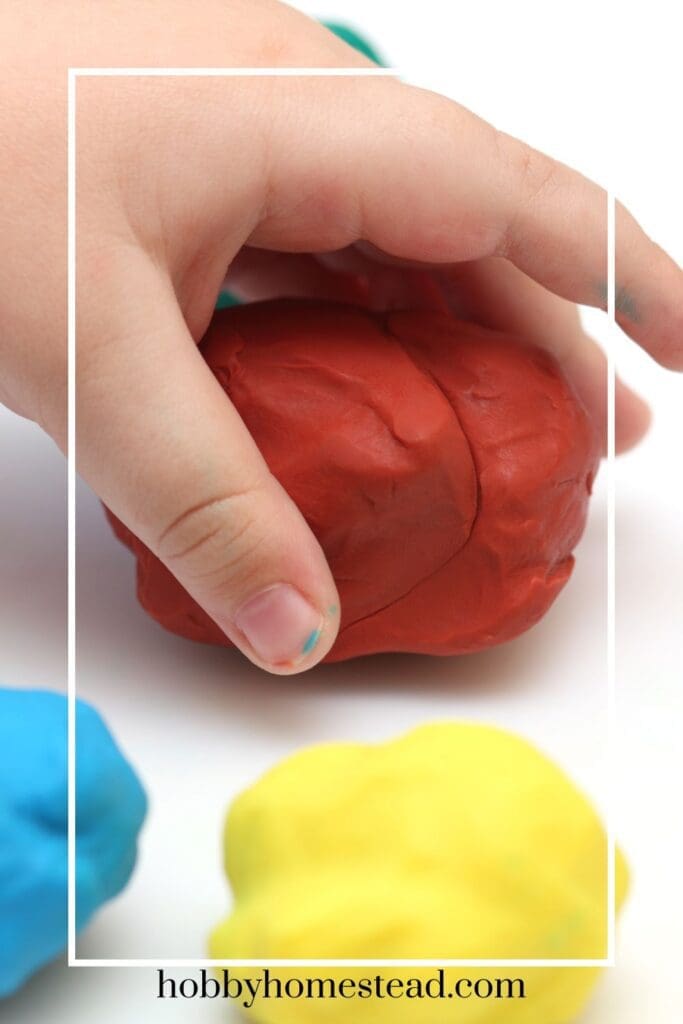
Recipe Tips and Variations
For extra sensory fun, add a few drops of essential oils like lavender or lemon for a soothing scent.
Kool-Aid playdough is a fun variation. Use a packet of Kool-Aid instead of food coloring for vibrant colors and a fruity smell.
If the dough gets too sticky, add a little more flour. If it’s too dry, add a few drops of water until it reaches the right consistency.
What does cream of tartar do for playdough?
Cream of tartar plays an important role in playdough recipes by acting as a stabilizer and preservative. Overall, cream of tartar is the secret ingredient that ensures your homemade playdough stays soft, stretchy, and long-lasting.
Improves texture. Cream of tartar helps give the playdough a soft, smooth, and elastic texture. Making it easier for toddlers to mold and shape. It prevents the playdough from becoming crumbly.
Increases longevity. It helps preserve the playdough, extending its shelf life. This means your playdough will stay fresh and usable for a longer time when stored in an airtight container.
Maintains elasticity. Cream of tartar enhances the elasticity of the dough, making it more pliable and less likely to dry out or harden quickly.
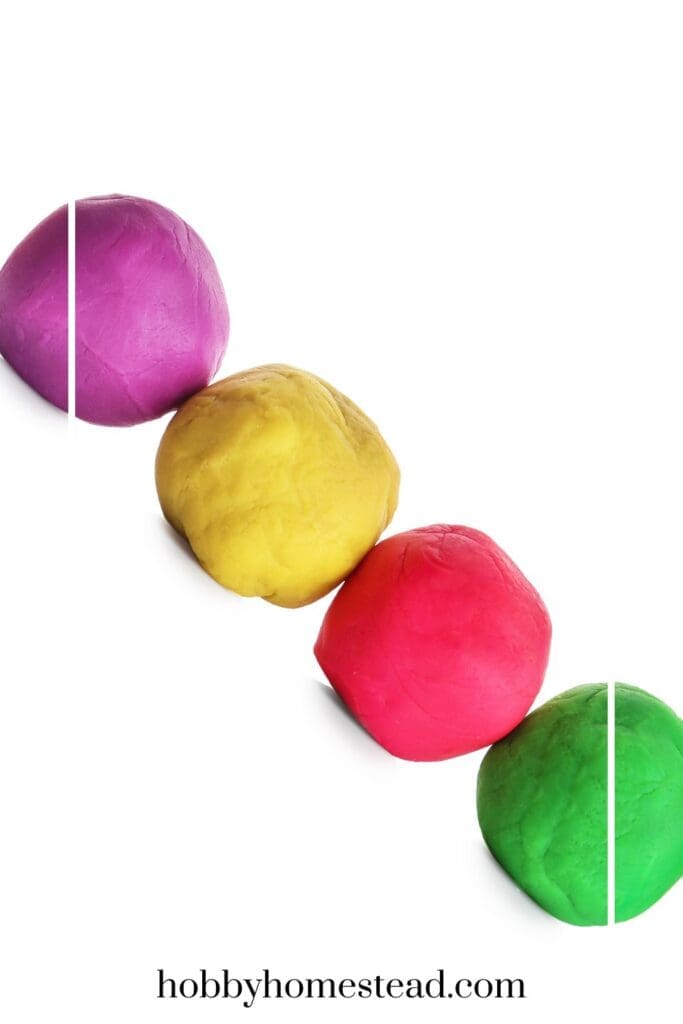
The Best Way to Color Playdough
When it comes to adding color, the easiest way is to use gel food coloring, which provides vibrant hues with just a few drops. You can also use liquid food dye but be careful not to add too much water to the dough.
For a natural alternative, try using vegetable-based dyes or Kool-Aid packets. The best way to incorporate color is to knead it in while the dough is still warm, as it helps distribute the color more evenly.
What are some ideas for playdough toys for toddlers?
There are plenty of fun and safe toys that toddlers can use with playdough to enhance their sensory and creative experiences.
Rolling Pins and Cookie Cutters. These are classic tools for shaping and flattening playdough. Making them easy for little hands to use.
Plastic Utensils. Safe, child-friendly utensils like plastic knives, forks, and spoons are great for cutting and designing shapes.
Playdough Molds and Stamps. Molds in fun shapes (animals, letters, numbers) or stamping tools. Help toddlers create patterns and shapes.
Toy Rolling Vehicles. Toddlers love rolling small cars, trucks, or trains through playdough. They leave fun tracks and imprints behind.
Miniature Figurines. Small toys like animals, action figures, or even dinosaurs can be pressed into the dough to leave impressions or create scenes.
Plastic Scissors. Playdough-safe scissors are great for helping toddlers practice cutting in a safe and fun way.
Beads, Buttons, and Pipe Cleaners. These are great for adding decorations or accessories to dough creations. Be sure to supervise younger children to avoid choking hazards.
Play Food Sets. Toy plates, cups, and food molds make playdough pretend play even more exciting. Especially for toddlers who love to “cook.”
Textured Rolling Pins or Mats. Special textured rolling pins or mats with patterns (like wood grain, bricks, or waves) can add depth to playdough creations.
Nature Items such as sticks, leaves, pebbles, and shells. They are natural materials that can be pressed into playdough for fun textures and designs.
How do you remove the playdough from hair, carpet, and clothing?
With little ones, messes are bound to happen. Here’s how to remove the dough without too much hassle.
Hair
Gently massage a little olive oil or conditioner into the hair where the dough is stuck. This will help loosen the dough. Then, use a comb to carefully remove it.
After loosening the dough with oil, rinse the hair with warm water to remove any remaining bits. Wash the hair thoroughly with shampoo to get rid of the oil and any leftover dough residue.
Carpet
Allow the playdough to dry completely on the carpet. Trying to clean it while it’s wet can push it deeper into the fibers. Once the dough is dry, vacuum the area to remove the larger pieces.
Use a soft brush or sponge to gently scrub any remaining dough with a mix of cold water and mild detergent. Blot with Cold Water. If there’s any lingering color or residue, blot the area with a cloth dipped in cold water.
Clothing
Like with carpet, let the playdough dry on the fabric before attempting to remove it.
Gently scrape the dried dough off with a butter knife or your fingers. Wash as Usual. Launder the clothing in cold water. Avoid hot water, as it may cause the dough to set in the fabric.
Easy Playdough Recipe for Endless Fun
This homemade play dough recipe has become our favorite homemade playdough recipe—perfect for a quick batch when the store-bought stuff just won’t do. It’s a fun project for both kids and adults, and the best part is you can keep making it again and again with common ingredients from your pantry.
Video for making this homemade playdough.
Reference
Living Well Mom. How to Make the Easiest Homemade Playdough Recipe {Lasts for Months!}




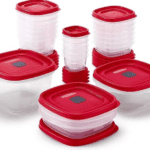
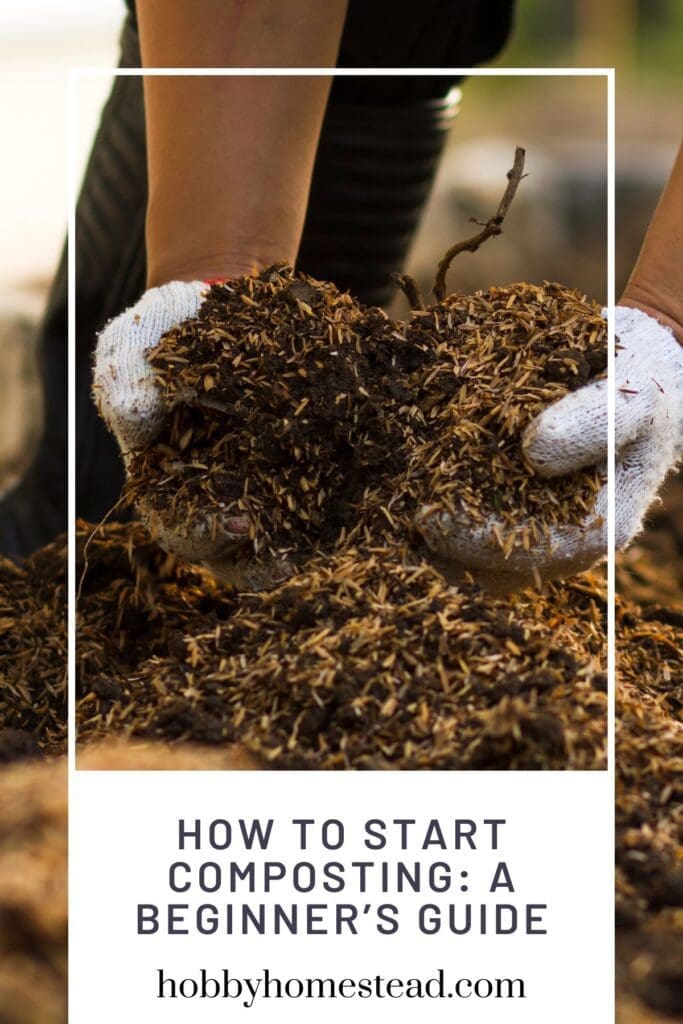
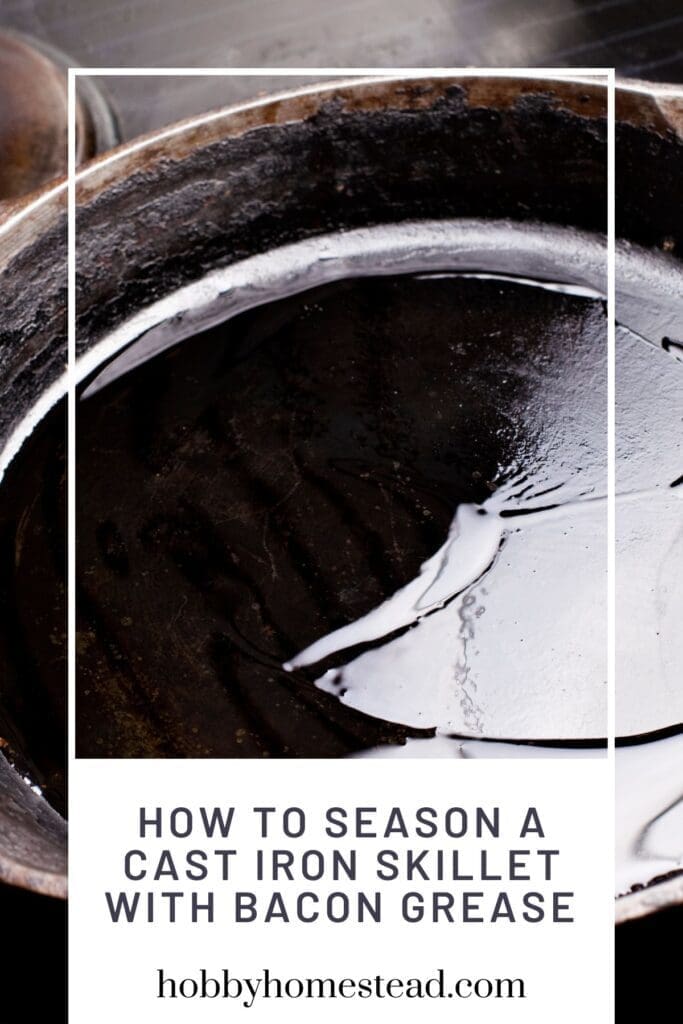
Thank you for sharing this recipe